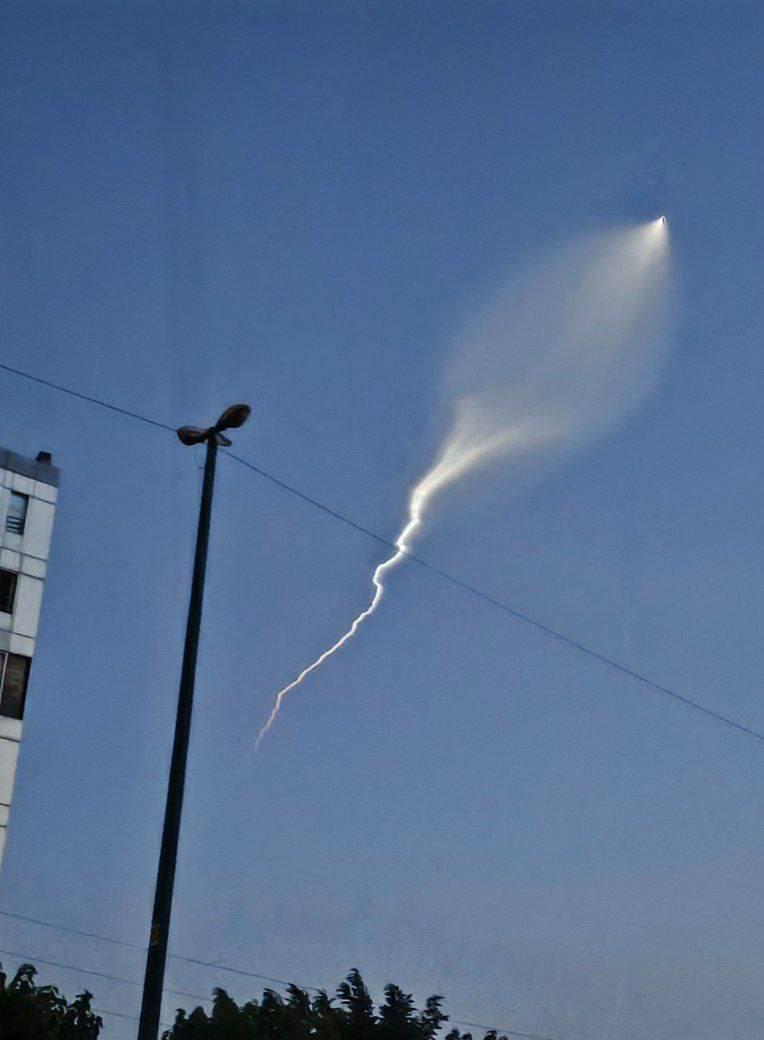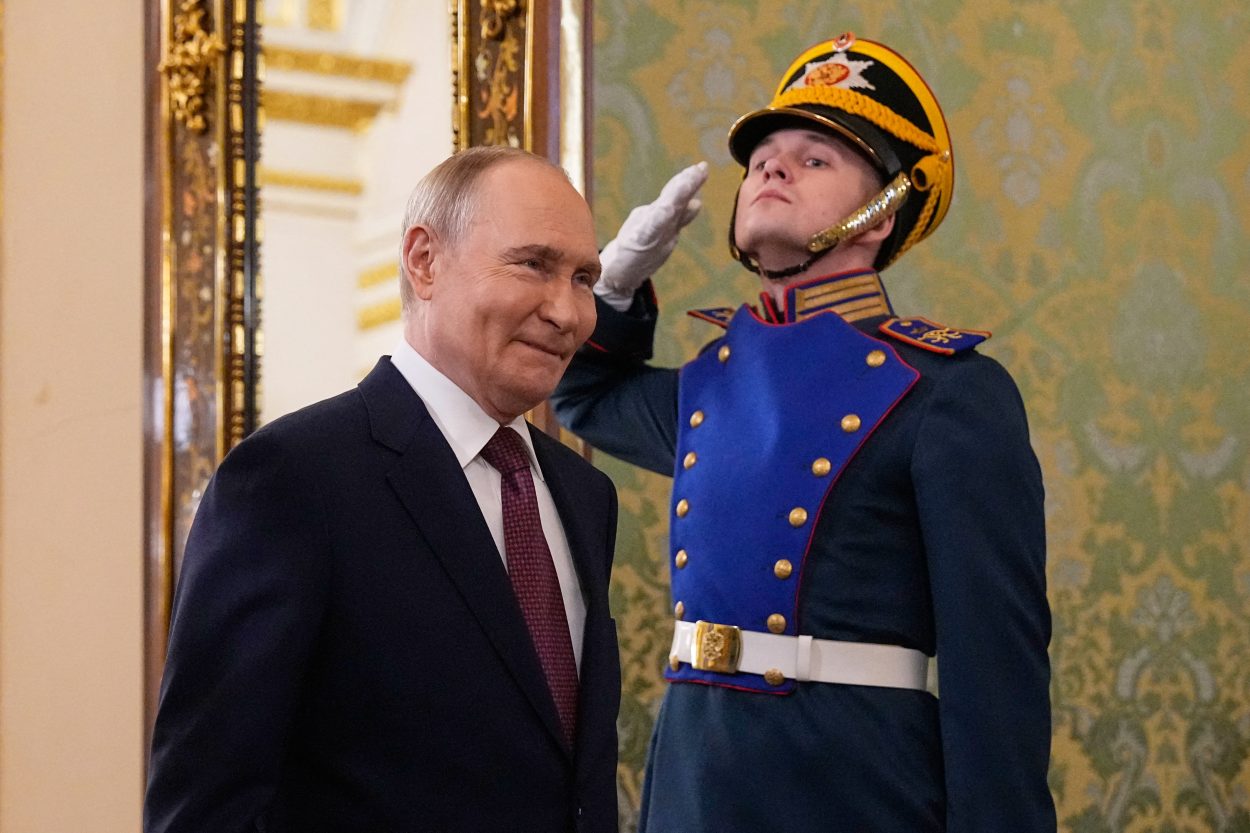Russia’s 4th Hypersonic Missile Gets Into Mass Production, Putin Says; Here’s What Makes ‘Oreshnik’ Deadly

Since November 2024, Russian President Vladimir Putin has projected the Oreshnik missile as an indestructible and invincible weapon that has no analogs in the world. After being battle-tested in Ukraine, the weapon is now all set to enter mass production.
President Putin announced plans to start mass production of Oreshnik at a meeting with military graduates.
“Volume production of the newest intermediate-range missile system Oreshnik, which has proved itself very well in combat conditions, is being started,” he was quoted as saying by state news agency TASS.
The announcement comes more than six months after the Russian military first unleashed this intermediate-range hypersonic missile against Ukraine on November 21, 2024. At the time, the missile was used to target a defence enterprise in the city of Dnipro, and was in response to Kyiv’s use of long-range western weapons in attacks against Russian territory.
With the addition of Oreshnik, Russia now has four publicly unveiled hypersonic missiles, including the Kinzhal, the Tsirkon, and the Avangard.
In general, these hypersonic missiles travel at more than five times the speed of sound and follow an unpredictable trajectory, making them much harder to intercept by regular ballistic missile interceptors.
In contrast, the United States continues to trail in the hypersonic race, with no operational hypersonic weapon in its inventory–yet.
On November 22, 2024, a day after the Oreshnik was first used against Ukraine, President Putin said that it would go into serial production to be supplied to Russia’s Strategic Missile Forces.
“We need to launch serial production. Let’s say that the decision has been made that the system will go into serial production,” he said at a meeting of the Russian Defense Ministry. The president emphasised that given the weapon’s special power, it “will be provided precisely to the Strategic Missile Forces.”
Not just that, Putin also disclosed plans to station this brand-new hypersonic weapon on Belarusian soil, in line with the previous deployment of Iskander ballistic missiles.
The plans were later reiterated by Belarusian President Alexander Lukashenko, who said in March 2025 that his country is currently making launchers for Oreshnik missile systems while awaiting delivery of the missiles.
Interestingly, Ukraine is appealing to its allies in the West to help scuttle the mass production of the missile, which would further gravely endanger the security of Ukraine and pose a threat to Europe.
President Volodymyr Zelensky announced in a press briefing on June 20 that sanctions are “urgently” needed on more Russian defense companies to stop the mass production of the Oreshnik intermediate-range ballistic missile (IRBM), as reported by the Kyiv Independent.
Zelensky made the case for additional sanctions by saying that Kyiv and its Western allies are being intimidated by the prospect of additional Oreshnik launches.

The Ukrainian President told the media that about 39 Russian defense companies were involved in its production, of which about 21 are not currently under sanctions.
“And this means that they receive parts and components for the Oreshnik, and they need it, because without these parts, there will be no Oreshnik,” he said.
The Ukrainian President’s appeals come amid intensifying hostilities between Russia and Ukraine, as a potential ceasefire remains elusive.
On its part, the United States has started to dither on the prospect of imposing more sanctions on Russia to coerce it into stopping the war. For instance, Donald Trump suggested at the recently concluded G7 summit that he would not hit Russia with more sanctions as “it costs a lot of money.” Instead, Trump has sought to bolster cooperation with Moscow, further upsetting Zelenskyy.
As for the Oreshnik, while specific details of the missile remain cloaked in secrecy for now, Ukraine is perhaps wary of the extent of damage that this new weapon could cause to the embattled country if tensions continue to escalate.
What Do We Know About Oreshnik So Far?
The existence of the Oreshnik missile was not known to the world until November 21, 2024, when the weapon struck the PA Pivdenmash facility in Dnipro, in eastern Ukraine.
The Russian missile was launched from the Astrakhan region, from a distance of around 1,000 kilometers. The missile reportedly carried six warheads, and the eyewitnesses described the strike as unusual, with explosions that lasted for several hours.
Following the attack on Dnipro, the Pentagon claimed that Oreshnik was an experimental Intermediate Range Ballistic Missile (IRBM) based on the existing Russian RS-26 Rubezh ICBM. Similarly, the British Defense Intelligence said the Oreshnik is a variation of the RS-26 Rubezh, and Moscow most likely began developing the missile system years ago.
However, President Putin, in his statement, said the missile was Russia’s latest medium-range missile and named it the Oreshnik missile system.
Though details are obscure, we know that the weapon has been designed for precise, high-speed strikes against deeply fortified and strategic targets. It was likely employed against Ukraine as an experimental test before the missile could be approved for mass production.
Notably, the Ukrainian battlefield has become a testing ground for several cutting-edge, relatively new weapons, allowing countries to study their efficacy.
In the past, Russian President Putin claimed that the Oreshnik is nearly impossible to intercept and has destructive power comparable to a nuclear weapon.
However, he clarified that the Oreshnik missile is not a weapon of mass destruction, distinguishing it from intercontinental ballistic missiles (ICBMs) typically associated with nuclear warfare. “In fact, the Oreshnik system is not a strategic weapon, nor is it an intercontinental ballistic missile,” Putin said, emphasizing that it is a highly advanced, precision-guided weapon capable of delivering destructive power with pinpoint accuracy.

The destructive power of the Oreshnik, particularly when used in mass strikes, is said to be comparable to that of nuclear weapons. With temperatures reaching up to 7,000 degrees Celsius, the missile’s warheads disintegrate everything in the blast radius into dust, reducing even the most hardened structures to mere particles.
It is capable of traveling at speeds of up to Mach 10.
Putin pointed out that this speed renders the missile invulnerable to current air defense and missile defense systems, including those deployed by NATO allies in Europe.
“The speed of these missiles guarantees that no air defense system, including the advanced ones developed by the Americans, can intercept them. This is excluded,” he said.
However, Western analysts have expressed skepticism, citing previous claims by Putin that the Kinzhal hypersonic missile was invincible. Ukraine’s Patriot missile defense system has downed multiple “invincible” Kinzhal missiles in the ongoing war, making Putin’s claims seem to be a gross exaggeration.
Last year, Putin said Oreshnik was developed after the US “made a mistake by unilaterally destroying the INF Treaty in 2019 under a far-fetched pretext.”
In 1987, the US and the former Soviet Union signed the Intermediate-Range Nuclear Forces (INF) Treaty to eliminate and permanently forswear all of their nuclear and conventional ground-launched ballistic and cruise missiles with ranges of 500 to 5,500 kilometers. The treaty did not apply to air- or sea-launched missiles. Following the collapse of the Soviet Union, Russia became a party to this treaty.
Speaking at the Collective Security Treaty Organization (CSTO) Summit in Astana, Putin said, “There are, of course, no analogues of Oreshnik [missile system] in the world, and I believe that such analogues are unlikely to appear soon.”
- Questions and Answers
- Opinion
- Motivational and Inspiring Story
- Technology
- Live and Let live
- Focus
- Geopolitics
- Military-Arms/Equipment
- Безопасность
- Economy
- Beasts of Nations
- Machine Tools-The “Mother Industry”
- Art
- Causes
- Crafts
- Dance
- Drinks
- Film/Movie
- Fitness
- Food
- Игры
- Gardening
- Health
- Главная
- Literature
- Music
- Networking
- Другое
- Party
- Religion
- Shopping
- Sports
- Theater
- Health and Wellness
- News
- Culture

